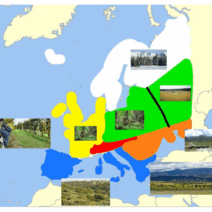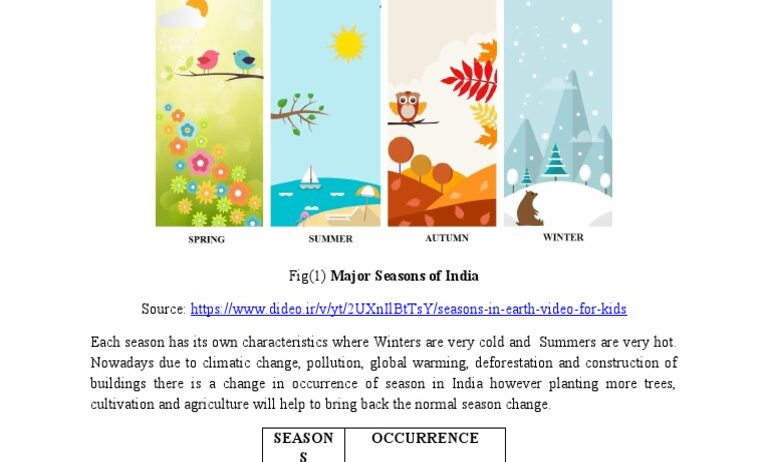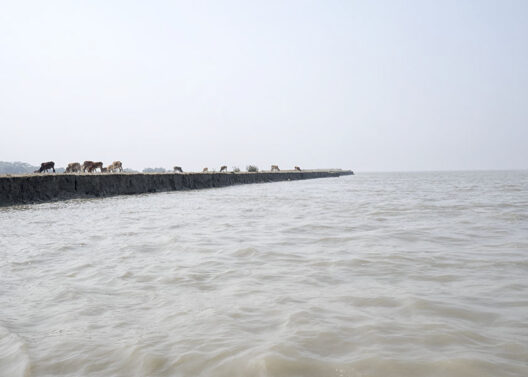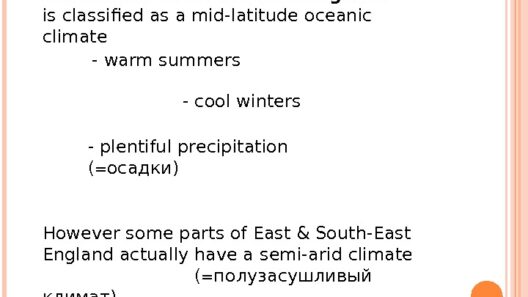Virginia, known as the Old Dominion, exhibits a captivating tapestry of climate characterized by four distinct seasons. This nuanced climate plays a pivotal role in shaping the state’s ecological diversity, agricultural practices, and even its cultural rhythm. But have you ever pondered how these seasonal variations affect the environment? Understanding Virginia’s climate is not only essential for residents but also for environmentalists and policymakers striving to mitigate climate change impacts. Let’s delve deeper into what the climate in Virginia entails.
Spring: A Symphony of Renewal
As winter relinquishes its grip, spring emerges as a vibrant renaissance. From late March to early June, temperatures gradually ascend, typically ranging from the mid-50s to the low 80s Fahrenheit. The sporadic warm breezes invite an explosion of flora. Dogwoods bloom brilliantly, and cherry blossoms grace the landscape, underscoring Virginia’s botanical heritage.
However, spring in Virginia is not devoid of challenges. The unpredictability of late-season frost looms ominously, threatening delicate buds and blossoms. Coupled with this, spring showers enrich the soil but can lead to excessive precipitation, enhancing the risk of flooding, particularly in low-lying areas. This interplay of beauty and volatility is vital in discussions around climate resilience, as shifting weather patterns may exacerbate existing vulnerabilities in local ecosystems.
Summer: A Season of Flourishing Growth
As the calendar turns to June, Virginia plunges into the sultry embrace of summer. Characterized by sweltering heat and high humidity, temperatures can soar well above 90 degrees Fahrenheit. Rainfall during this season, though abundant, often manifests as intense thunderstorms that can lead to localized flooding. The summer sun activates the vibrant ecosystem, fueling agriculture, with farms rich in produce from corn to tomatoes.
However, this period of growth comes with its own set of challenges. The sweltering heat can exacerbate drought conditions, particularly in areas with insufficient irrigation systems. As a result, farmers may face difficulty maintaining crop yields. Moreover, the increased humidity can also contribute to the intensity of harmful algal blooms in waterways, creating an overarching concern for local water quality. Evaluating the impact of extreme summer heat on both human health and ecological systems is essential as climatic changes may lead to more pronounced summer extremes.
Autumn: A Tapestry of Color
As summer gradually recedes, autumn unfolds, showcasing Virginia’s iconic fall foliage. From late September through November, temperatures start to decline dramatically, ranging from the mid-40s to the high 60s Fahrenheit. The foliage transforms into a breathtaking palette of red, orange, and gold, attracting tourists and nature lovers alike. This seasonal metamorphosis supports local economies heavily reliant on agri-tourism.
Yet, while the cooler air signifies a period of harvest, it also poses a unique challenge: the threat of winter storms and unpredictable weather patterns. Virginia’s geography makes it susceptible to sudden shifts, and an early frost can devastate late-season crops. Furthermore, the increase in erratic weather patterns raises concerns over the future of these autumnal harvests in light of climate change. The predictability we once relied upon is increasingly questioned, demanding adaptive strategies for farmers and conservationists alike.
Winter: A Frozen Landscape
Winter blankets Virginia from December to February, bringing low temperatures that can dip into the teens and twenties. Snowfall varies by region; the western mountains receive significant snowfall, while the coastal areas may experience merely a dusting. The serenity of snow-draped landscapes evokes a sense of tranquility, yet winter also imposes a stark reminder of our climatic realities. During this time, energy consumption spikes as households seek warmth, contributing to increased carbon emissions.
The potential for harsh winter storms raises environmental concerns. These events can lead to habitat disruption for many species, particularly those unable to adapt swiftly to changing conditions. Moreover, as global temperatures rise, this can potentially alter winter precipitation patterns, putting additional stress on Virginia’s water resources. Monitoring these changes is paramount in developing strategies to safeguard the delicate balance between seasonal cycles and the ecological health of the region.
The Interconnectedness of Seasons and Climate Change
A recurring theme across Virginia’s seasonal transitions is their interconnectedness with climate change. The Old Dominion is not insulated from the global environmental crisis. Fluctuating seasonal averages can disrupt the agricultural cycle, impact local biodiversity, and affect human health. Addressing these challenges is paramount for Virginia’s future.
Engaging in sustainable practices, such as enhancing crop resilience and implementing water conservation strategies, can aid in mitigating these seasonal impacts. Moreover, fostering community awareness about the importance of local biodiversity and climate action will cultivate a more informed populace that prioritizes sustainable living.
As we traverse through the seasons in Virginia, the question remains: How can we adapt to these changing climatic conditions while preserving the rich tapestry of life that this state encompasses? Understanding the depths of Virginia’s climate intricacies is crucial for anyone who calls it home—or simply appreciates its beauty. The time to act is now, and it starts with awareness, conversation, and action. Virginia’s four seasons are not just markers of time; they are vivid reminders of the urgency we face in our collective response to climate change.








